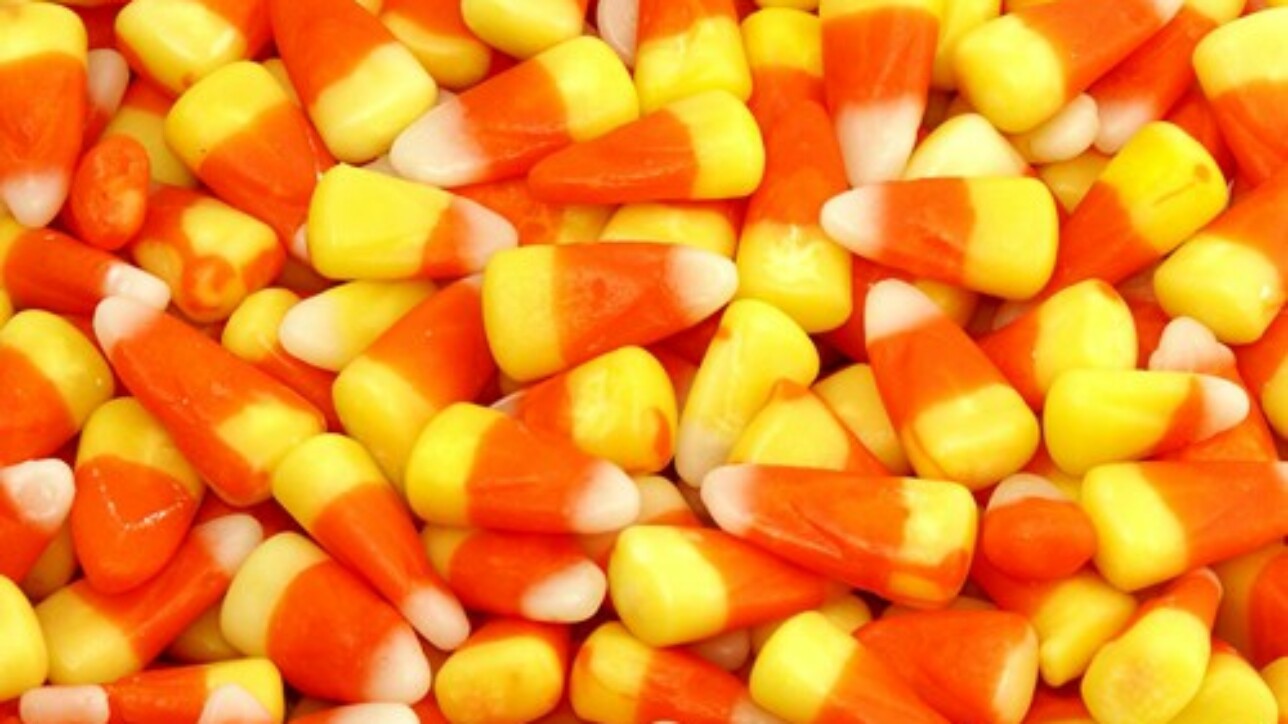In October, kids prepare their costumes and adults fill their homes with candy. Whether you make products for the Halloween season or you’re preparing your offices for some spooky fun, this time of the year has some interesting lessons about seasonal and regional financial compliance, some real sales tax tricks and treats. Halloween merchandise offers examples of tax breaks based on time period, location and whether or not you’re going to carve a face in the product.
Is Halloween a tax holiday
Some states offer seasonal tax breaks on merchandise suited for a particular time of the year. Common examples include school supplies being exempt in fall and local government offering outdoor apparel tax breaks as hunting season approaches. Certain Halloween merchandise features a time frame in which it is exempt.
CNBC explained costumes are tax free for a few weeks before the holiday in certain states, but consumers have to check the fine print. In particular regions only kids’ costumes are exempt. Some states don’t provide breaks for pieces of scary apparel like masks and props.
You have to determine how the regions you work in define merchandise and check your calendar for times when unique tax laws arise. ERP services can help you log the specific descriptions of products in a central solution that compares them to state tax legislation records.
Some treats offer tax tricks
While children see chocolate as one of their primary sources of nourishment, not every state considers candy a food. Regions that offer tax exemptions on groceries don’t always include Kit Kats and Snickers, according to the blog Don’t Mess with Taxes. It gets more complicated.
Daily Finance said many states have very strict definitions for what they consider candy. For example, in Illinois, if a food product contains flour or needs refrigeration, it is not a candy. So candy corn is not tax exempt, but Milky Way candy bars get a break.
ERP solutions like Microsoft Dynamics GP helps track material used for production and can create consistent product descriptions. When Dynamics GP systems integrate with a solution like Avalara AvaTax, state compliance can happen automatically. Avalara AvaTax provides tools to calculate tax rates in particular states and apply compliance to financial data processes.
A pumpkin by any other name
Not every state judges a product by what it’s made of as some tax breaks depend on use. Avalara explained a store will sell you a pumpkin without sales tax in certain regions if you plan to you bake it in a pie. If you’re going to decorate it for your front porch, however, it no longer receives the exemption.
Tax rates based on use should be fairly familiar to most businesses. Companies can write off certain purchases as long as they can demonstrate how the items plays a part in operations. For example, Demand Media said you can write off Halloween candy purchased for promotional reasons. If you offer open house guest bowls of treats or hand out chocolates with advertising materials, you may be able to claim a sweet deduction.
Halloween extends beyond the grave
Halloween buyers are in full force in October, but be ready for a November rush. If you produce or sell candy, costumes, decoration or other spooky apparel, you want to make sure your manufacturing processes and supply chain can provide products for the hordes of horror shoppers.
MainStreet, a financial advise resource, recommended consumers make their major purchases for next Halloween as soon as the holiday is over. The deals are usually better and the taxes are the same for certain items.
ERP solutions can help you keep up with seasonal demand trends. Data collected from distribution, manufacturing and sales indicates when your customers become ravenous for ghoulish merchandise.



